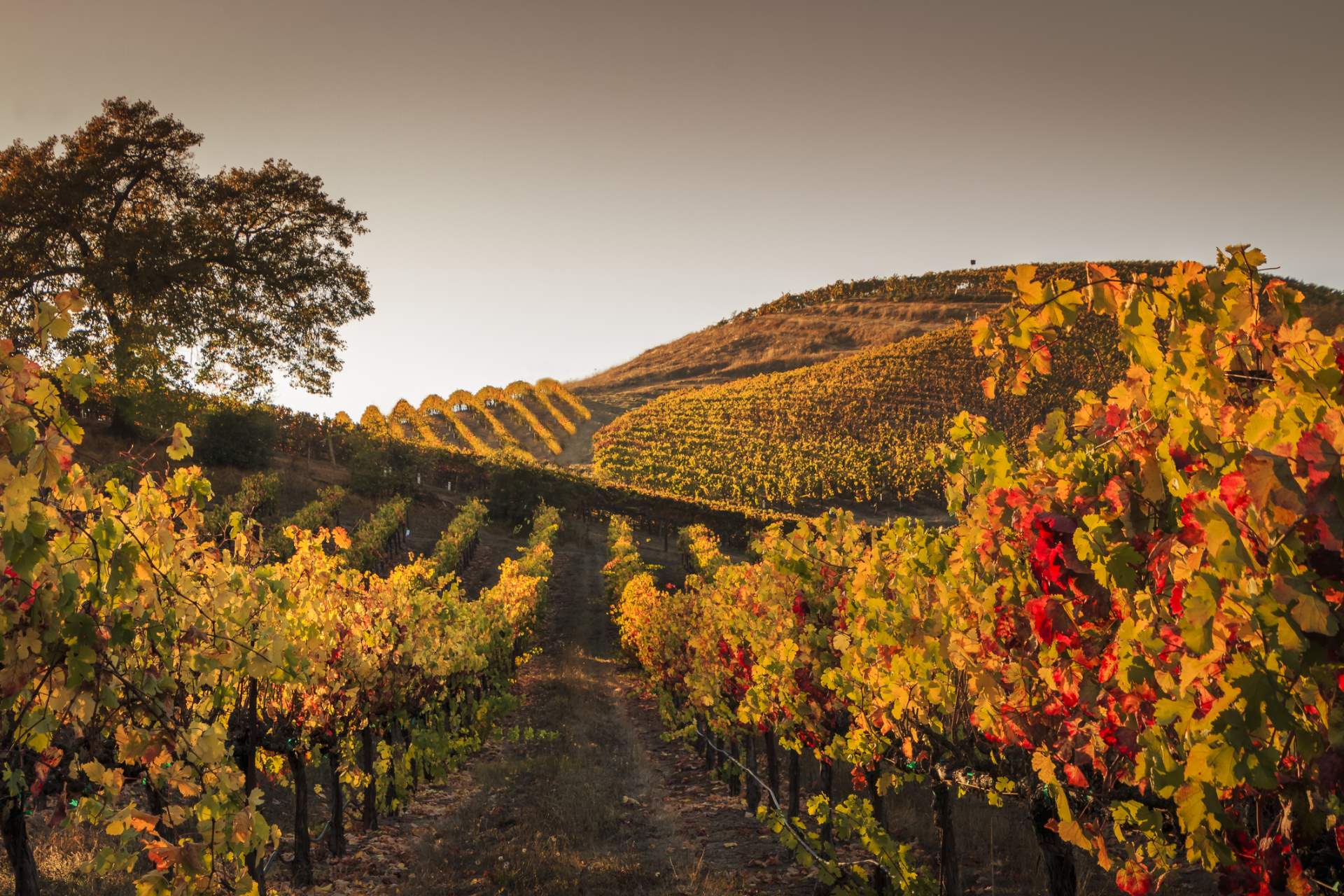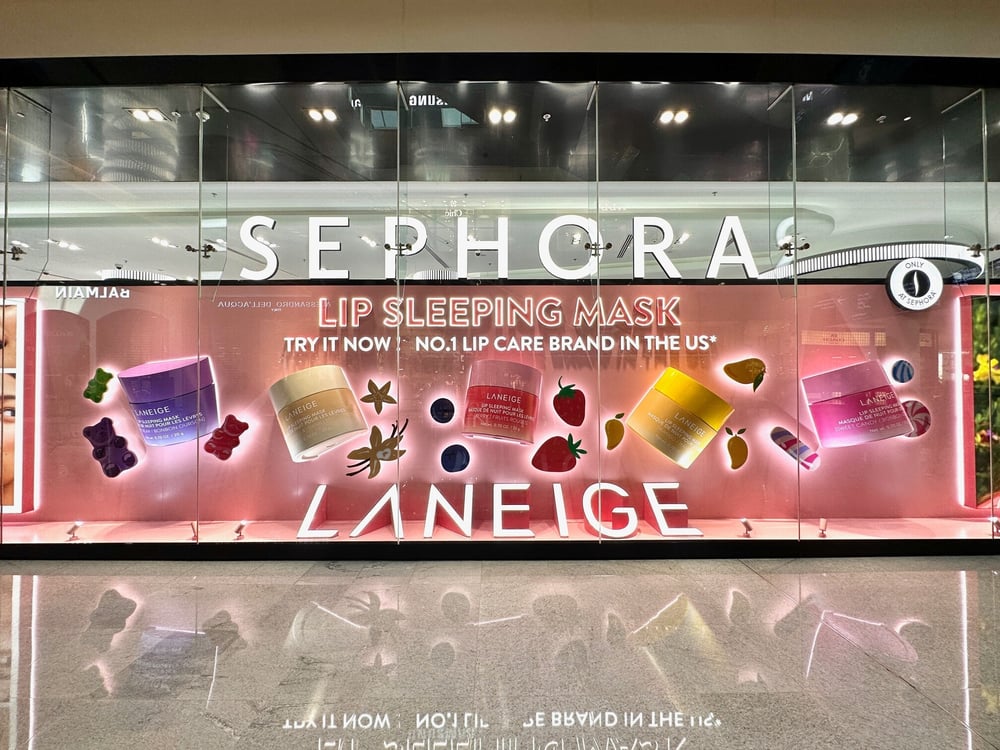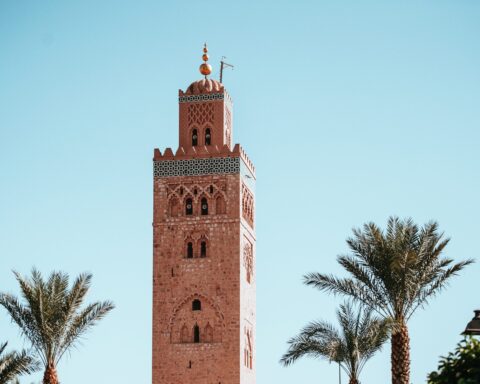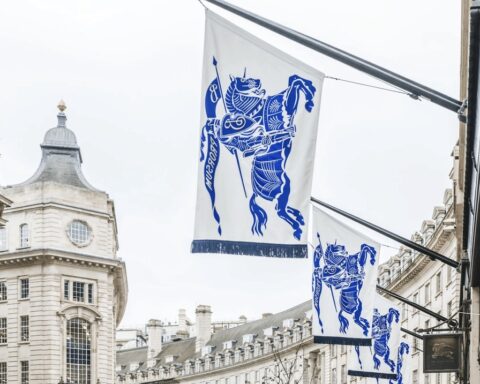[vc_row njt-role=”people-in-the-roles” njt-role-user-roles=”administrator,editor,author,armember”][vc_column][vc_column_text]
Almost 90% of the Bordeaux vineyard is contaminated with late blight, a fungus that destroys grapes. The hardest for winemakers? Insurers will not compensate for damage caused by this invasive bacterium.
Mildew, this epidemic caused by a corrosive fungus that develops mainly between April and June and then in the fall in wet weather and temperatures between 17° and 20° is particularly virulent this summer in Gironde. It must be said that the very humid climate following a stormy heat episode favored the spread of the fungus, ravaging the Bordeaux vines, almost entirely.
This pathogen that causes pale to brown green spots on farms is well known to winemakers.
The problem? These professionals risk losing everything as insurers rely on regulations that do not allow to take into account excess water, and exclude diseases.
“The multi-risk climate contract does not cover the loss of harvest due to late blight,” said Franck Le Vallois, CEO of the insurance federation.
For several weeks now, winegrowers, elected officials and professional organizations have been demanding aid from the State and insurers to fight against this scourge that affects the Bordeaux region, as well as the Gers, Drôme and Yonne.
90% of crops destroyed in Gironde
In addition, the general conditions of this insurance contract exclude damage caused by illness. According to the first data collected in Nouvelle Aquitaine on 86 reference plots “90% of the vines are affected, on a larger or smaller scale,” said the Chamber of Agriculture of Gironde. And on these affected plots, 50% of the clusters are unfortunately destroyed.
Merlot, a grape variety that represents two thirds of the surface of vines in the department, is extremely affected.
A disaster that does not really happen at the right time, when we know that more than 1,000 winemakers have asked for the emergency plan to uproot the vines to cope with the drop in wine sales.
Despite the refusal to make a gesture, Franck Le Vallois says he understands “the distress of winegrowers“, indicating that “insurers were ready to participate in reflection work to find solutions to the problems generated by climate change“.
Read also >[Luxus+ Magazine] Wine routes: 5 exceptional itineraries to discover the French vineyards
Featured photo : ©Press[/vc_column_text][/vc_column][/vc_row][vc_row njt-role=”not-logged-in”][vc_column][vc_column_text]
Almost 90% of the Bordeaux vineyard is contaminated with late blight, a fungus that destroys grapes. The hardest for winemakers? Insurers will not compensate for damage caused by this invasive bacterium.
Mildew, this epidemic caused by a corrosive fungus that develops mainly between April and June and then in the fall in wet weather and temperatures between 17° and 20° is particularly virulent this summer in Gironde. It must be said that the very humid climate following a stormy heat episode favored the spread of the fungus, ravaging the Bordeaux vines, almost entirely.
This pathogen that causes pale to brown green spots on farms is well known to winemakers.
The problem? These professionals risk losing everything as insurers rely on regulations that do not allow to take into account excess water, and exclude diseases.
“The multi-risk climate contract does not cover the loss of harvest due to late blight,” said Franck Le Vallois, CEO of the insurance federation.
For several weeks now, winegrowers, elected officials and professional organizations have been demanding aid from the State and insurers to fight against this scourge that affects the Bordeaux region, as well as the Gers, Drôme and Yonne.
90% of crops destroyed in Gironde
[…][/vc_column_text][vc_cta h2=”This article is reserved for subscribers.” h2_font_container=”tag:h2|font_size:16|text_align:left” h2_use_theme_fonts=”yes” h4=”Subscribe now !” h4_font_container=”tag:h2|font_size:32|text_align:left|line_height:bas” h4_use_theme_fonts=”yes” txt_align=”center” color=”black” add_button=”right” btn_title=”I SUBSCRIBE !” btn_color=”danger” btn_size=”lg” btn_align=”center” use_custom_fonts_h2=”true” use_custom_fonts_h4=”true” btn_button_block=”true” btn_custom_onclick=”true” btn_link=”url:https%3A%2F%2Fluxus-plus.com%2Fen%2Fsubscriptions-and-newsletter-special-offer-valid-until-september-30-2020-2-2%2F”]Get unlimited access to all articles and live a new reading experience, preview contents, exclusive newsletters…
Already have an account ? Please log in.
[/vc_cta][vc_column_text]Featured photo : © Press[/vc_column_text][/vc_column][/vc_row][vc_row njt-role=”people-in-the-roles” njt-role-user-roles=”subscriber,customer”][vc_column][vc_column_text]
Almost 90% of the Bordeaux vineyard is contaminated with late blight, a fungus that destroys grapes. The hardest for winemakers? Insurers will not compensate for damage caused by this invasive bacterium.
Mildew, this epidemic caused by a corrosive fungus that develops mainly between April and June and then in the fall in wet weather and temperatures between 17° and 20° is particularly virulent this summer in Gironde. It must be said that the very humid climate following a stormy heat episode favored the spread of the fungus, ravaging the Bordeaux vines, almost entirely.
This pathogen that causes pale to brown green spots on farms is well known to winemakers.
The problem? These professionals risk losing everything as insurers rely on regulations that do not allow to take into account excess water, and exclude diseases.
“The multi-risk climate contract does not cover the loss of harvest due to late blight,” said Franck Le Vallois, CEO of the insurance federation.
For several weeks now, winegrowers, elected officials and professional organizations have been demanding aid from the State and insurers to fight against this scourge that affects the Bordeaux region, as well as the Gers, Drôme and Yonne.
90% of crops destroyed in Gironde
[…][/vc_column_text][vc_cta h2=”This article is reserved for subscribers.” h2_font_container=”tag:h2|font_size:16|text_align:left” h2_use_theme_fonts=”yes” h4=”Subscribe now !” h4_font_container=”tag:h2|font_size:32|text_align:left|line_height:bas” h4_use_theme_fonts=”yes” txt_align=”center” color=”black” add_button=”right” btn_title=”I SUBSCRIBE !” btn_color=”danger” btn_size=”lg” btn_align=”center” use_custom_fonts_h2=”true” use_custom_fonts_h4=”true” btn_button_block=”true” btn_custom_onclick=”true” btn_link=”url:https%3A%2F%2Fluxus-plus.com%2Fen%2Fsubscriptions-and-newsletter-special-offer-valid-until-september-30-2020-2-2%2F”]Get unlimited access to all articles and live a new reading experience, preview contents, exclusive newsletters…
Already have an account ? Please log in.
[/vc_cta][vc_column_text]Featured photo : © Press[/vc_column_text][/vc_column][/vc_row]








